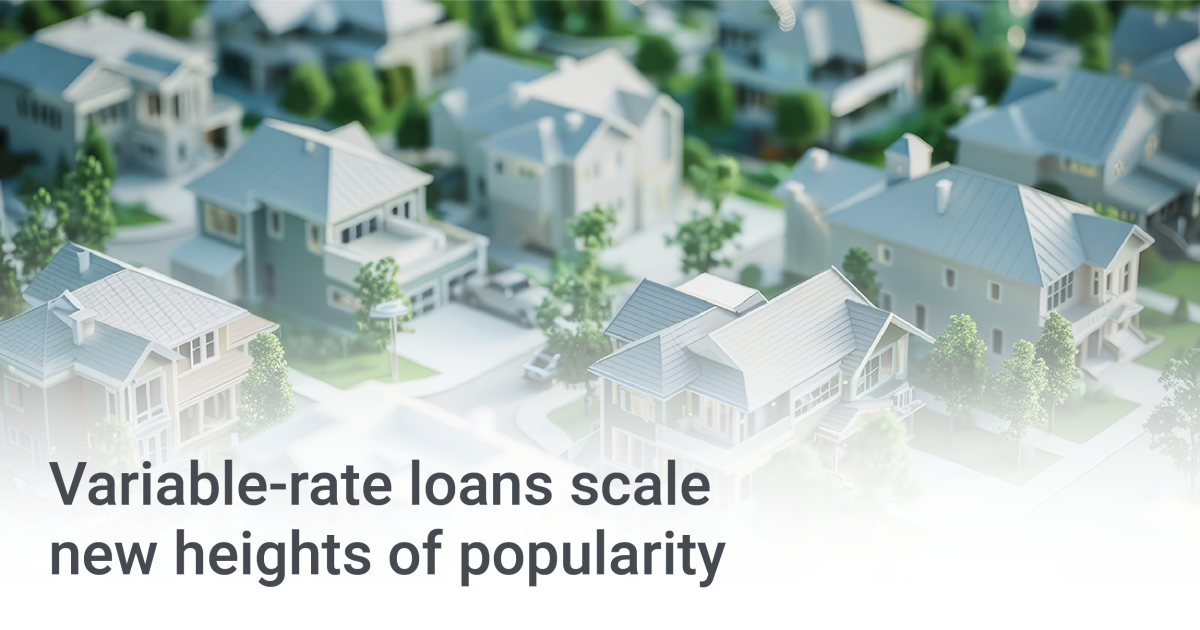Newsroom
Variable0rate loans scale new heights of popularity

- Oxcel Finance
- May 31, 2024

|
|
|
|
|
|
|
|
|
|
|
|
|
With a wide range of panel of lenders you can be assured we’ll find a competitive finance solution to suit your needs





























































































































We’ve made it convenient for you to find everything you need here